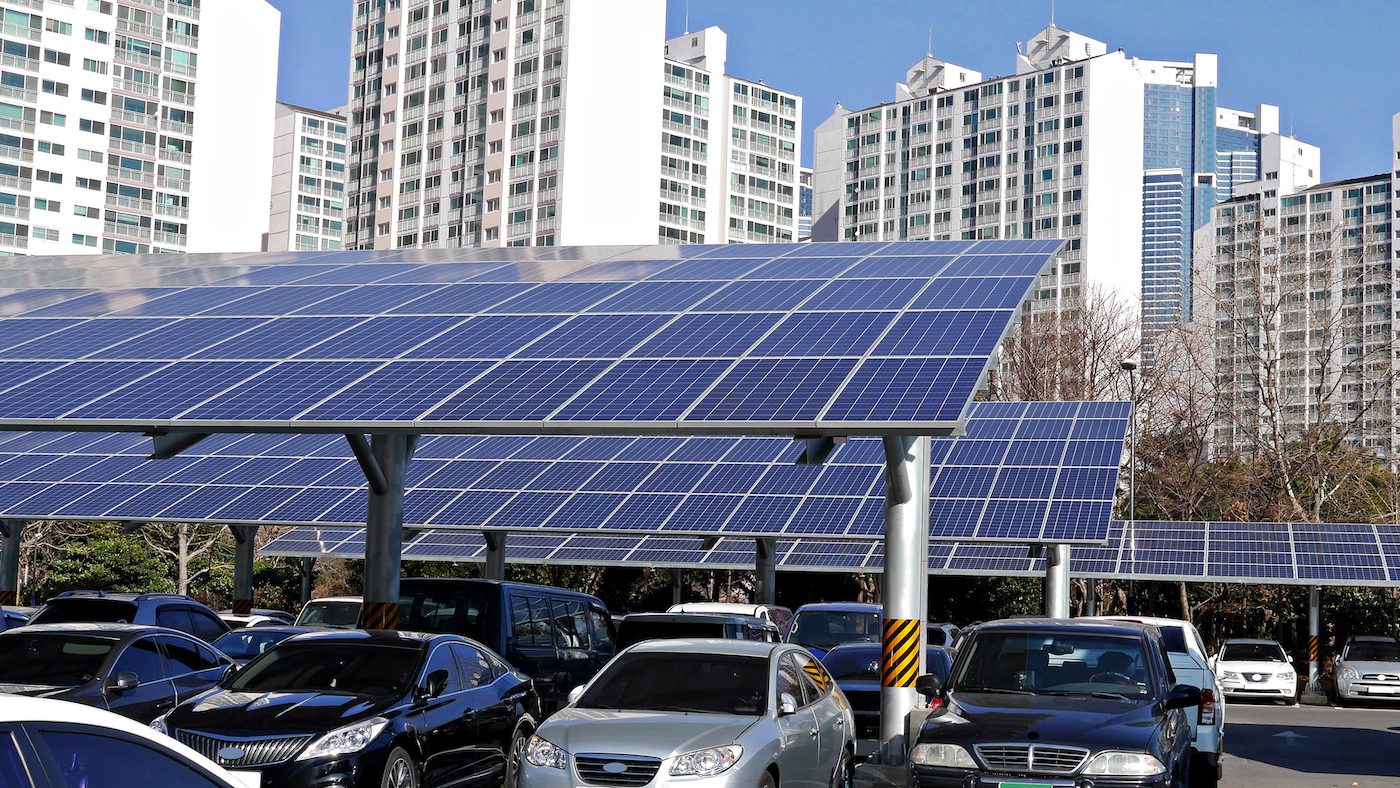
Archive: Valuing clean local energy
Clean local energy adds tremendous value by providing cost-effective power to ratepayers, utilities, and communities. Local renewables:
- Avoid the expensive and inefficient long-distance transmission of power
- Strengthen local economies and communities
- Enhance energy security by providing for a more robust and resilient grid
- Boost America’s energy independence
Proceedings are being held across the country to determine the value of clean local energy. The resources below highlight cutting-edge thinking on the full costs and benefits of DG.
Clean Coalition resources
Catalogue Benefits of DG
Updated August 9, 2013. The Catalog Benefits of DG categorizes the numerous economic, environmental, and social benefits of distributed generation over conventional energy sources and provides references to technical reports and articles detailing those benefits.
Cost-Effectiveness of CLEAN Programs
This document offers the Clean Coalition’s analysis about the ratepayer benefits of the CLEAN L.A. Solar Program, including a comparison of California solar procurement mechanisms that highlights the effectiveness of CLEAN Programs, how local generation has higher locational value for ratepayers, and how the CLEAN approach drives down costs for ratepayers.
Distributed Generation: Electricity Infrastructure Costs and Impacts
Submitted December 5, 2013. These comments provide the Clean Coalition’s recommendations for how California’s energy agencies should direct the development of distribution resources plans and how to change key programs and processes to achieve Assembly Bill 327’s goals on an ongoing basis.
Hunters Point Project Benefits Analysis
Updated April 9, 2014. Outlines the Hunters Point Project’s substantial economic, energy, and environmental benefits to the Bayview-Hunters Point area of San Francisco.
In-State Renewables Brief
Updated July 25, 2013. This documents describes the Clean Coalition’s suggested legal provisions for keeping the deployment of new renewables in-state. This information will be generally usable for RPS laws, CLEAN laws, or other renewables procurement mandates.
Local CLEAN Program Guide (LCPG) – Estimating CLEAN Economic Benefits
Updated June 8, 2012. This document includes detailed methodology on how to estimate the economic benefits of clean local energy.
Locational Benefits Brief
Updated November 6, 2013. The Locational Benefits Brief describes the major types of benefits that can be realized by ratepayers and communities when deploying new distributed generation as compared to conventional or remote generation. These benefits can provide a strong case for designing policy to encourage investment in clean local energy and serve as key components in calculating the value of such energy.
Third-party resources
Hamilton Report on Clean Energy
This study explains how state policies that support growing the clean energy sector of Texas can provide citizens with economic opportunities that create jobs, increase our gross state product and increase local and state tax revenue.
Minnesota Value of Solar Methodology
Prepared for the Minnesota Department of Commerce, this 2013 report outlines a Value of Solar methodology to be used by Minnesota utilities.
Qualifications and Direct Testimony of Karl R. Rabago
This testimony by Mr. Rabago before the Michigan Public Service Commission explains how numerous published solar valuation studies confirm that distributed solar resources offer cumulative energy, capacity, and ancillary services valued in excess of retail rates.
Your work developing the graph showing T&D and peak load savings was a primary driver in the legislative conversation and in swaying Senators to vote for something. I am convinced that without this graph it is unlikely that any version of this bill would have passed.
Gabrielle Stebbins
Executive Director, Renewable Energy Vermont
